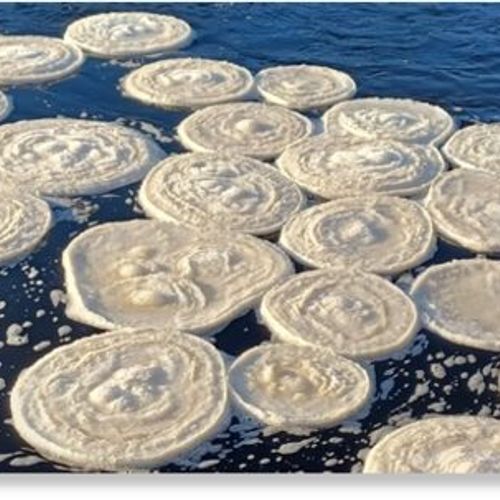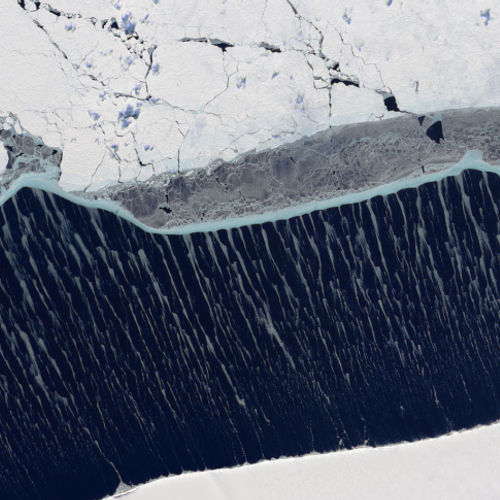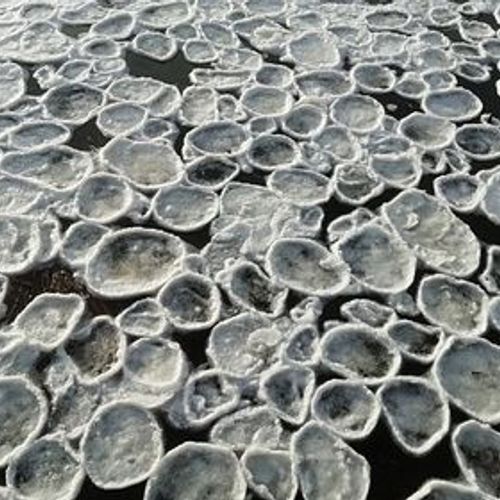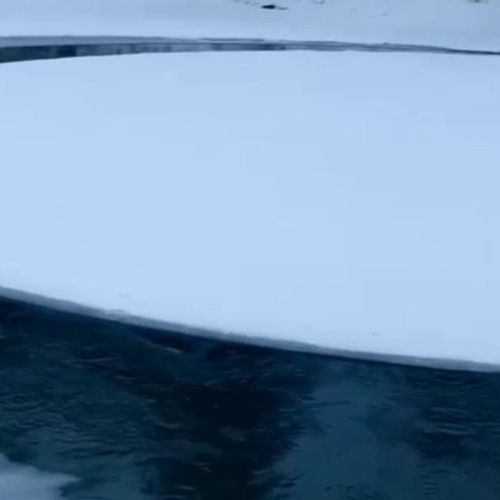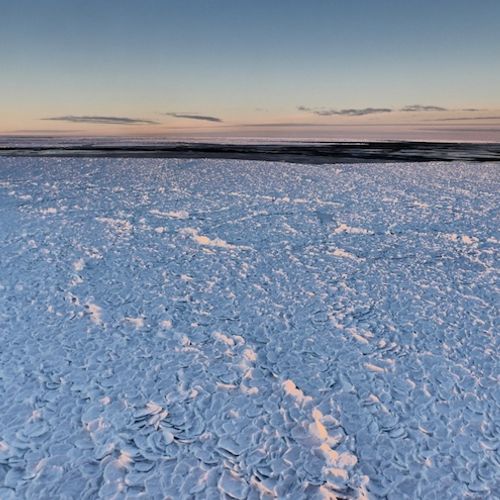
| Added | Thu, 18/05/2017 |
| Источники | |
| Дата публикации | Thu, 18/05/2017
|
| Версии |
A rare form of ice, known as "dragon skin" or "dragon scales", managed to find a scientist in Antarctica at the end of April 2017. One of the authors of the findings was Dr guy Williams, a researcher from the University of Tasmania. The other day he posted pictures from his recent expedition on the official website of the Institute of marine and Antarctic studies acting at the University of Tasmania.
Guy Williams with 26 scientists from eight countries were part of the expedition, whose purpose was the study of the behavior of coastal polynyas in the winter. The expedition went out into the Ross sea on the Nathan B Palmer icebreaker in early April, when the southern hemisphere starts winter season. At this point, the majority of Antarctic expeditions, as a rule, roll up and go to warmer waters. That is why the participants of the expedition believe this finding real success.
"Ice in the form of dragon skin is very rare, bizarre evidence over the dark chaos in the realm of the cryosphere," said Dr. Williams, noting that the last time scientists had the opportunity to observe this phenomenon in Antarctica in 2007.
Experts explain that "ice dragon scales" is formed under the influence of intense winds that constantly raise the surface ice, revealing hidden beneath the water surface. Fast freezing, water is formed in the likeness of scales and adding one to one makes the kind of dragon skin.
Note that the PIPERS expedition in the Ross sea organized by the University of Tasmania with assistance from the Oceanographic Institute, woods Hole and North Eastern University.
Translated by «Yandex.Translator»
© University of Tasmania, Australia
Translated by «Yandex.Translator»
Новости со схожими версиями
Log in or register to post comments

